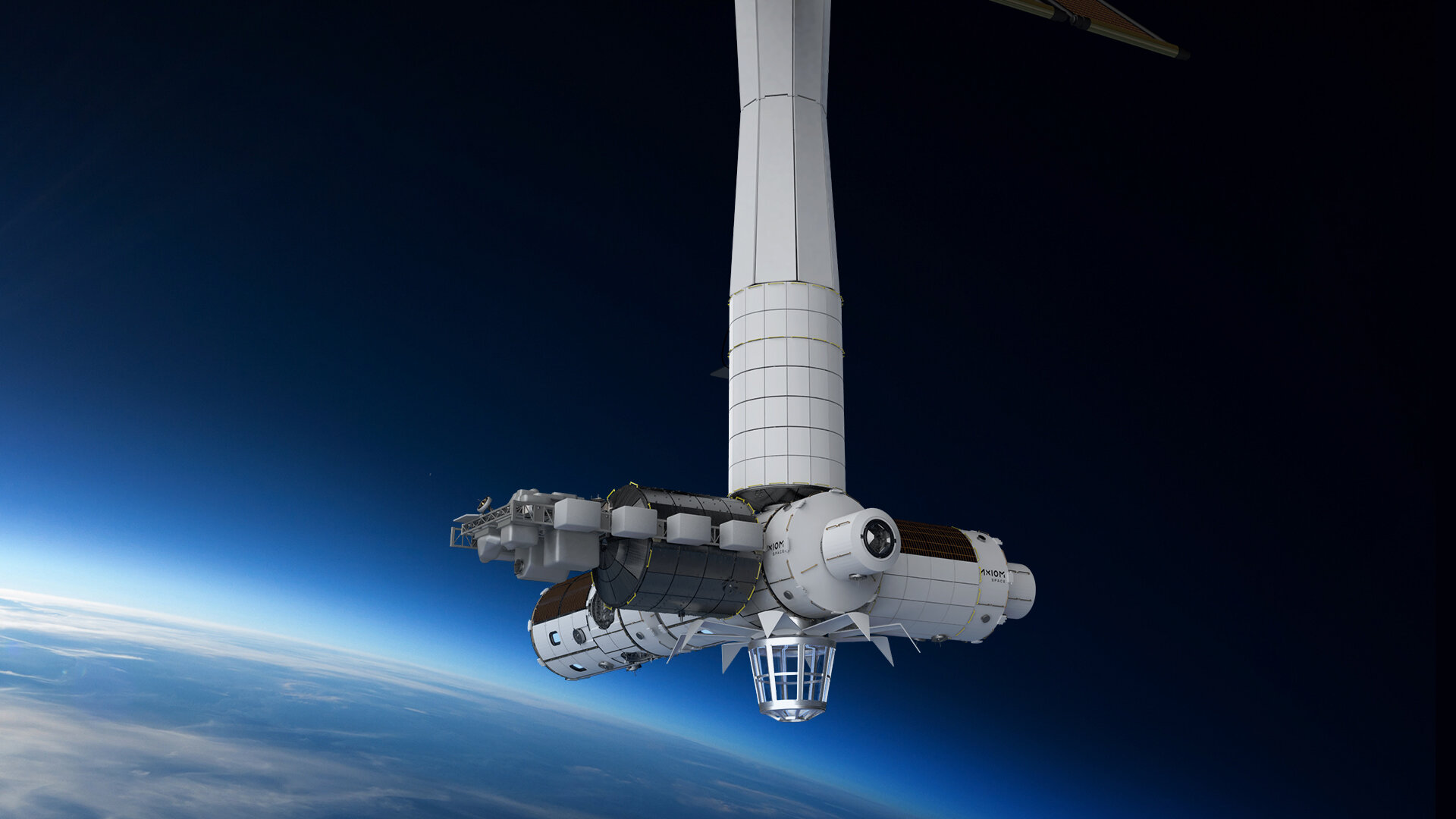Sometime within the next decade, the International Space Station will fall from orbit and plummet into the Pacific Ocean. At least, that’s the plan that NASA has for the aging space station that has helped fuel research and observational efforts for more than 20 years. But what will replace the ISS once NASA decommissions the space station? The plan right now appears to rely on other companies getting into space.
NASA doesn’t plan to launch another space station into orbit to base its operations on. At least, not in the same way that the ISS worked. While the ISS was a connected effort by many nations to further research and space exploration, NASA hopes to piggyback off commercial space stations as an ISS replacement in the future.
This huge set of plans is outlined extremely well by Will Sullivan in Smithsonian Magazine, who details some of the ways that NASA is working with companies like Axiom Space – the same company behind NASA’s new space suits – to continue research efforts after the ISS falls. Of course, part of the big problem with companies building space stations is they have to have some kind of customer base set up to use them.

If NASA wants to use commercial space stations as an ISS replacement, then they’re going to need to find ways to ensure that the companies they want to put stations into orbit have a reason to do so. It’s a bit of a complicated matter, as it also involves figuring out how many space stations can orbit Earth at one time – we still have China’s Tiangong space station, and other countries want their own, too.
Aside from nationally based space stations, some of the big players currently working towards creating stations of their own include Axiom Space, Northrop Grumman, Blue Origin, and a joint operation between Voyager Space and Nanoracks. Each company plans to approach its station differently, so NASA could very well end up with a nice selection of ISS replacements to work with.
Of course, NASA still has plenty of other big things in the works, including the construction of Gateway on the lunar surface, which will come after the successful launches of the Artemis II and Artemis III missions later this decade.
Ultimately, if things all go according to plan, NASA shouldn’t have a hard time replacing the ISS with operations on other stations. Of course, all of this relies heavily on Russia sticking around the ISS until it is decommissioned in 2030. Any early removal of Russia’s operations from the ISS could lead to a much earlier deorbiting, as Russia is responsible for several vital parts of the station’s current operational tasks.








